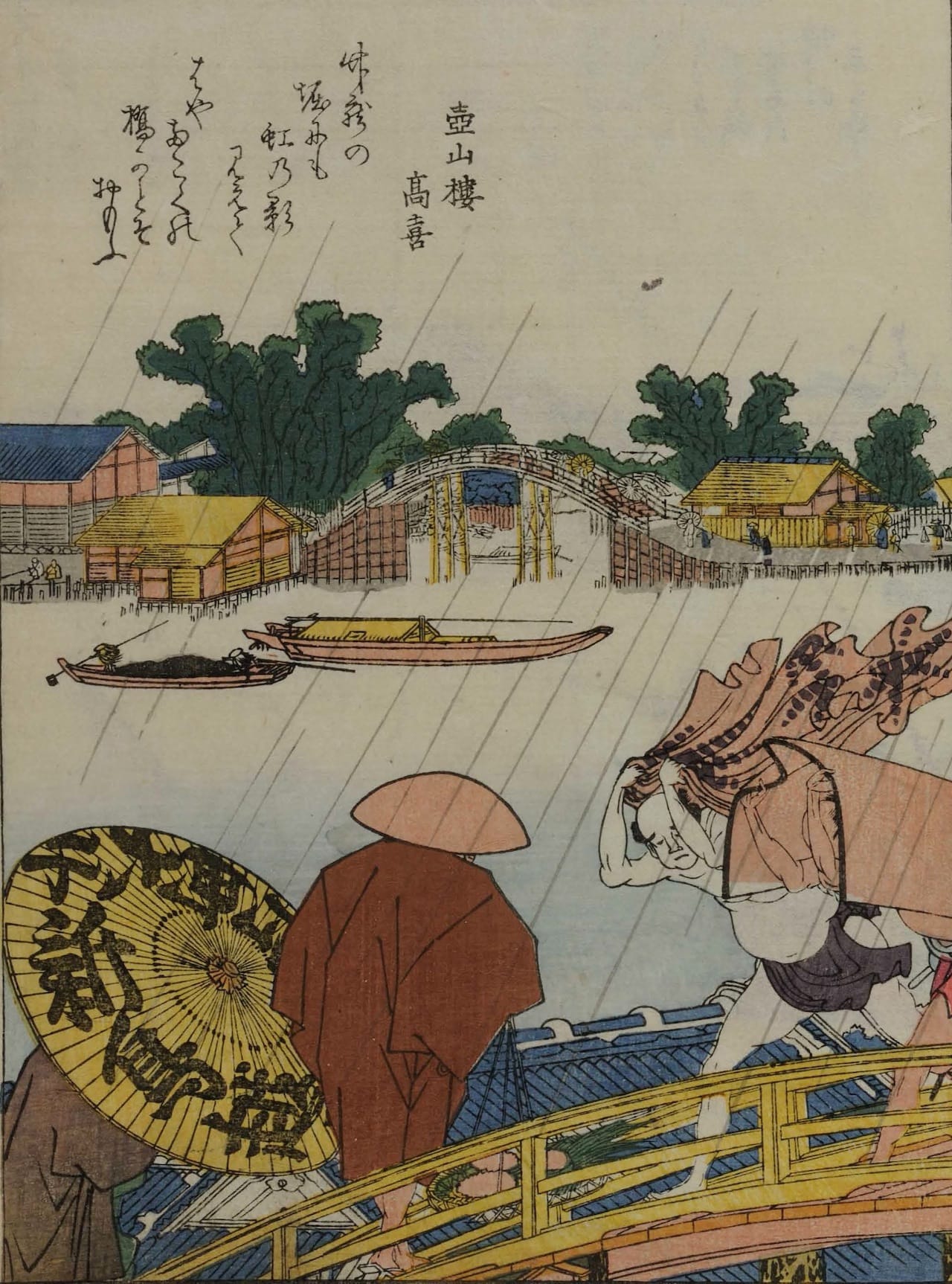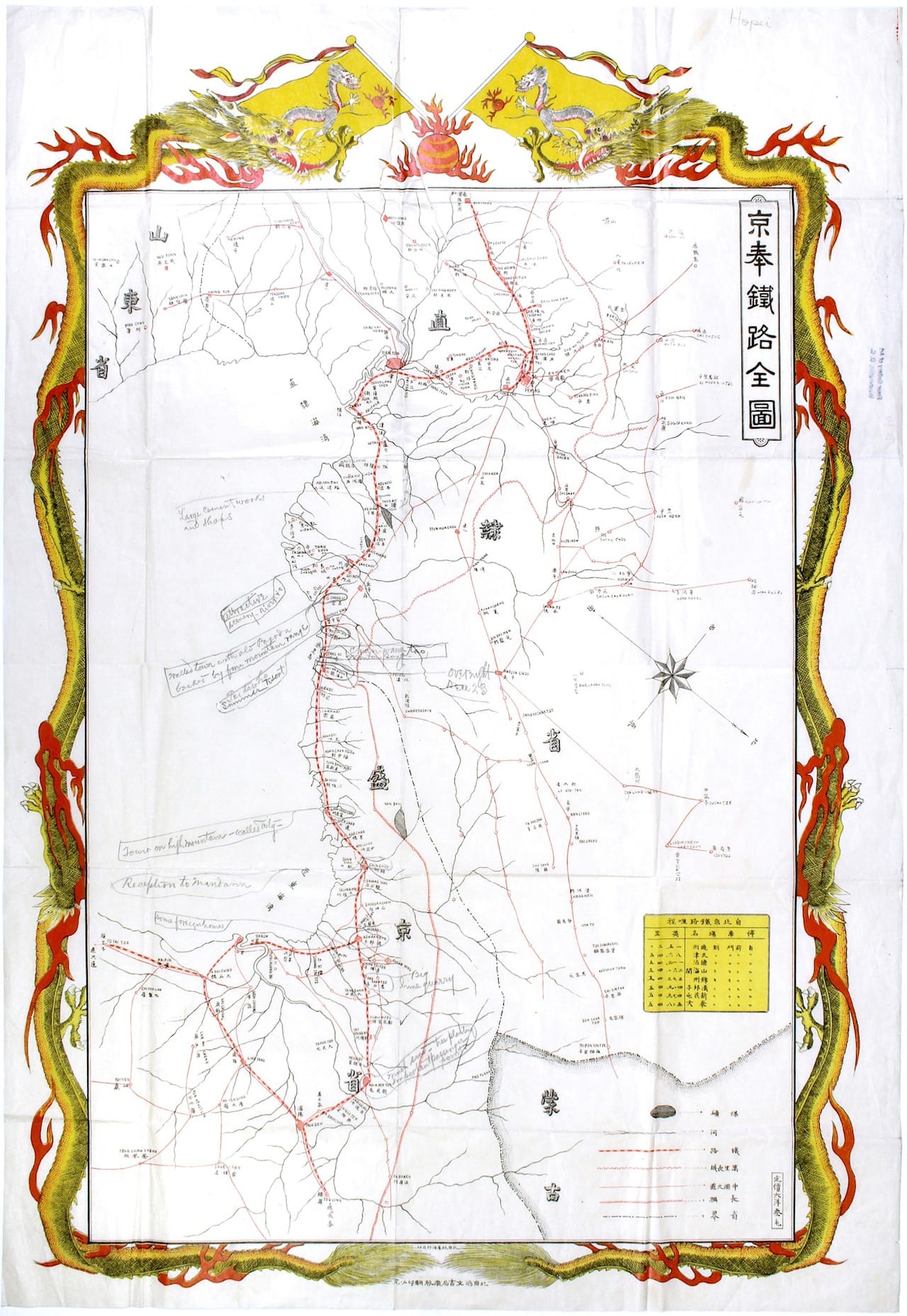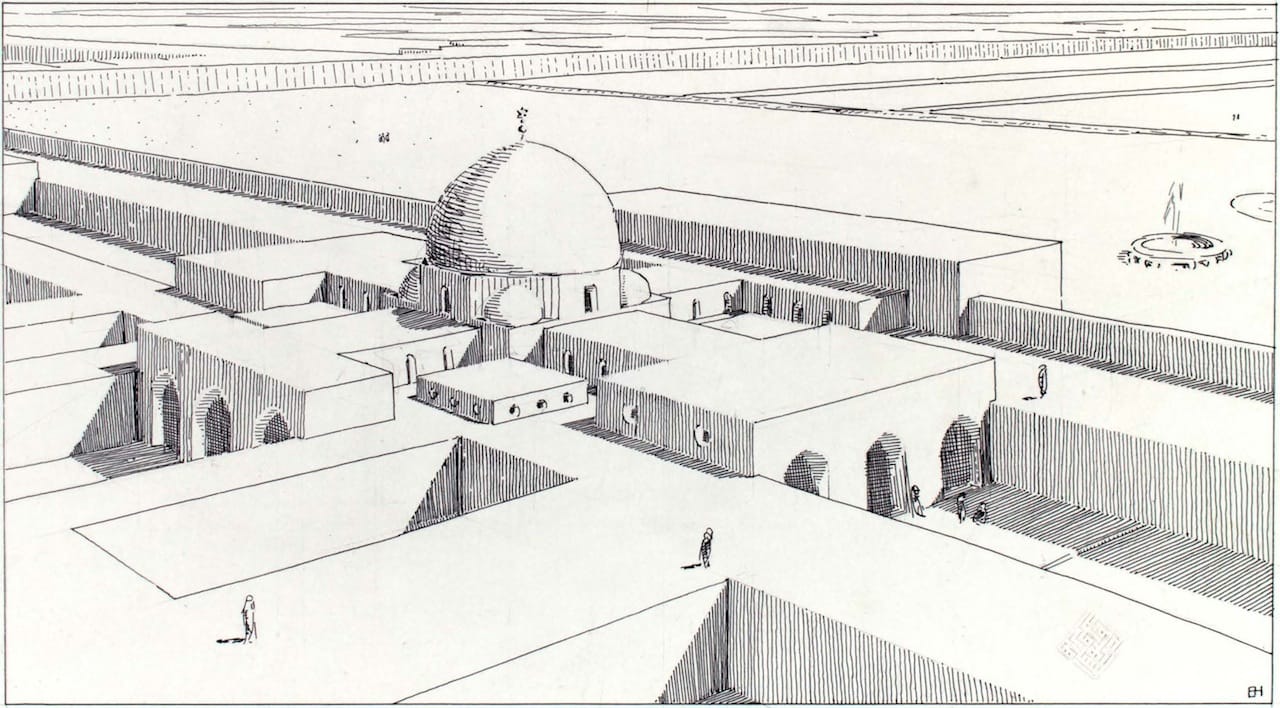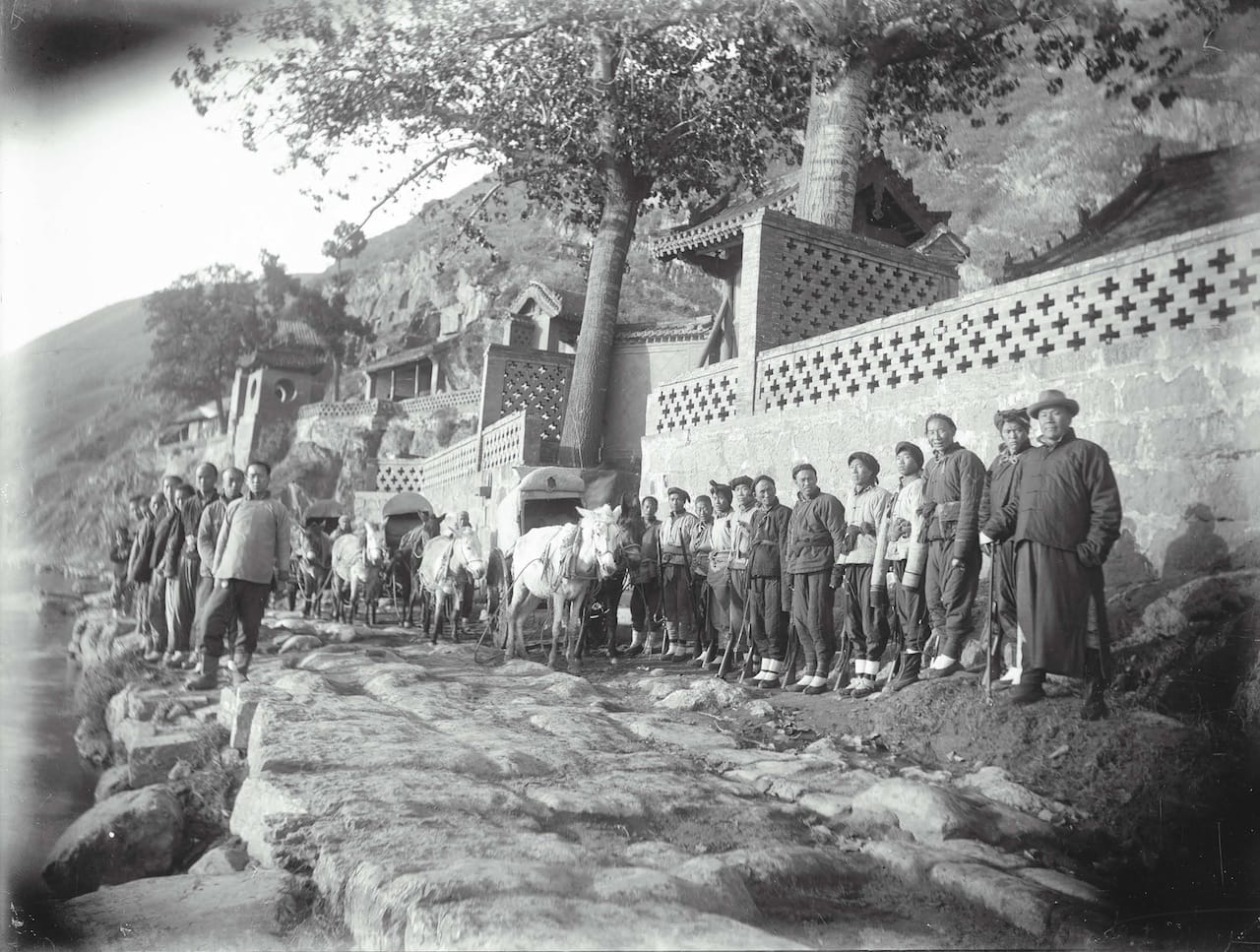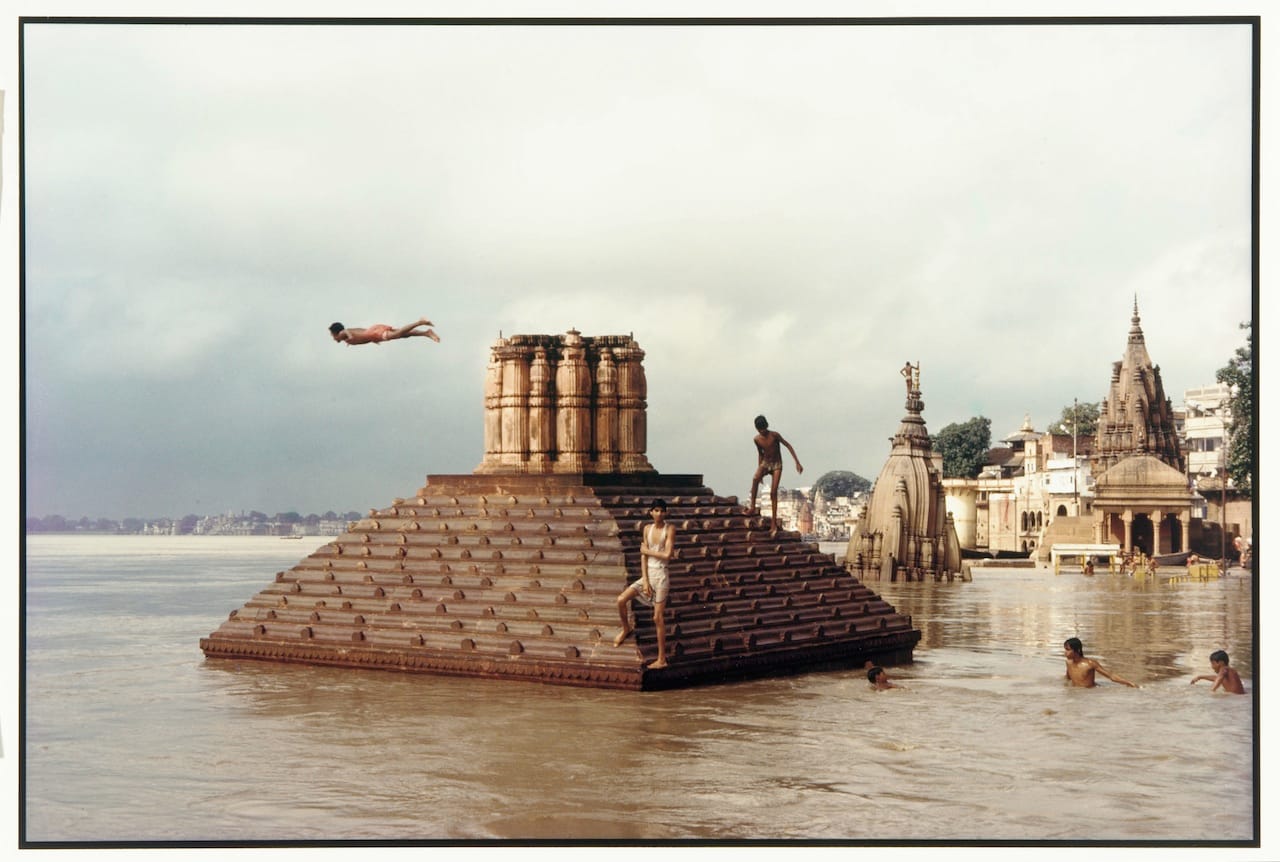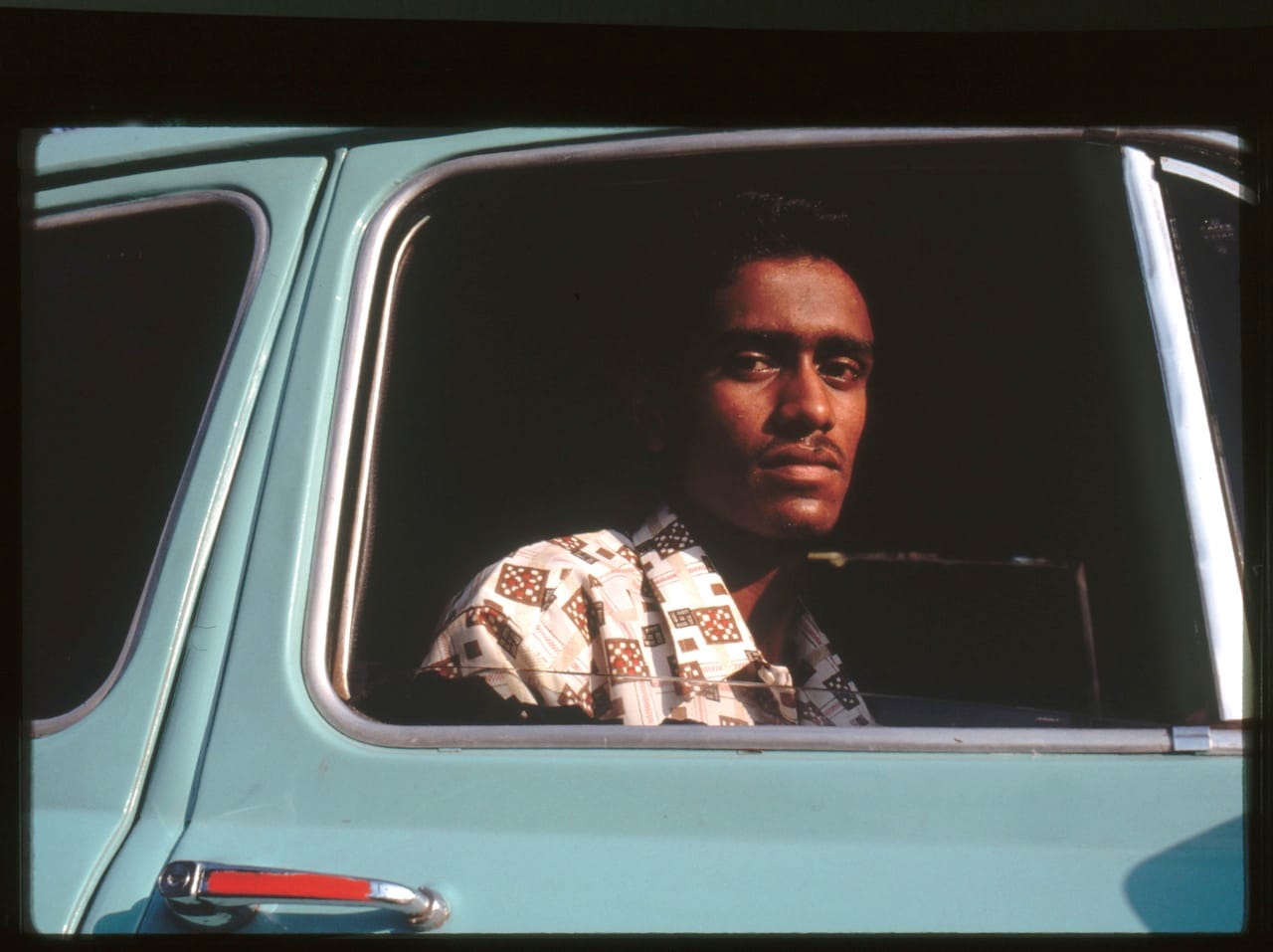Looking at Asia Through the Traveler's Eye
Charles Lang Freer and Ernst Herzfeld and are two names most people wouldn't recognize, yet both men were extremely instrumental in shaping the West's perception of Asia.
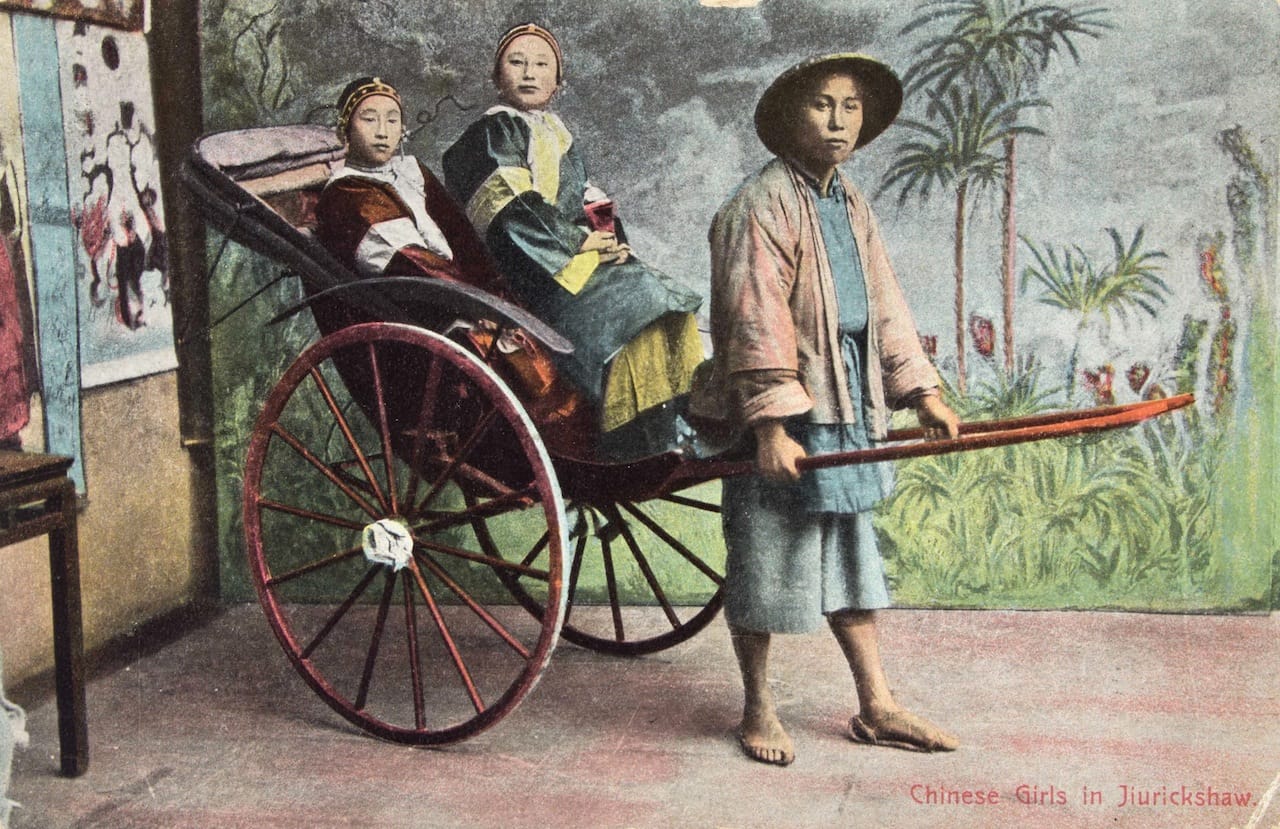
Charles Lang Freer and Ernst Herzfeld and are two names most people wouldn’t recognize, yet both men were extremely instrumental in shaping the West’s perception of Asia. In the late 19th century and early 20th century, Freer traveled throughout China, Japan, and Sri Lanka, amassing an enormous art collection that would introduce many Americans to Asian art. Herzfeld was an obsessive archaeologist whose careful excavation sketches in Iraq, Iran, Syria, and Turkey brought their ancient cultures to life.
The Traveler’s Eye: Scenes of Asia at the Smithsonian’s Arthur M. Sackler Gallery includes drawings, diary entries, photographs, and objects collected by both men during their journeys — among many other representations of travel through Asia from the industrial era. “The golden age of international travel saw an unprecedented stream of new visitors to Asia and the Near East, bringing back mementos of their experiences,” said David Hogge, head of the Freer and Sackler Archives. “Those mementos, be they archaeological data of a preeminent Near East scholar, the photographs of a famous art collector, or the cheap, diverse postcards found at nearly every tourist destination, formed and informed our perceptions of Asia and its cultures.”
But the show isn’t just about the West’s perception of Asia; it also examines works by Asian artists over the past 500 years — from East Asian scrolls and Japanese woodblock prints to maps and photography — that explore the theme of travel. “Whether they were collected as mementos, or whether they provided virtual experiences for those who remained at home, each has an extraordinary immediacy,” Debra Diamond, curator of South and Southeast Asian art, wrote in a press release. “Looking up at the misty peaks in a large Chinese painting of traveling merchants, one clearly sees how a master artist conveyed both the texture of daily life and awesome beauty … Encountering these works invites our visitors — especially those who have traveled to the exhibition — to think about how they might record and remember their own journeys.”


